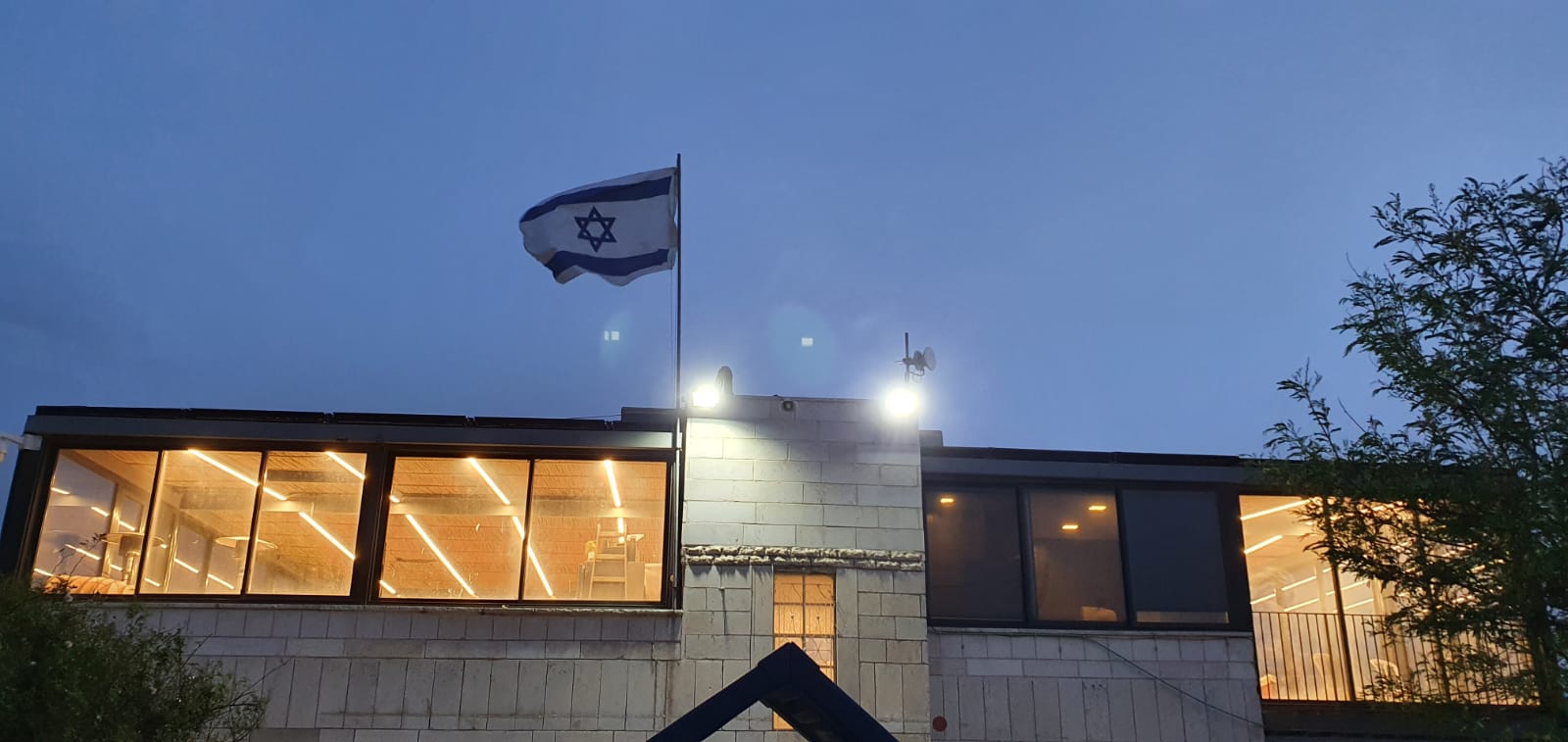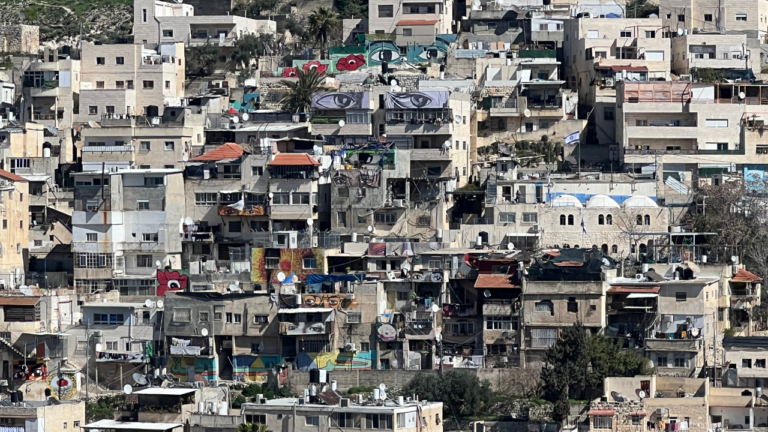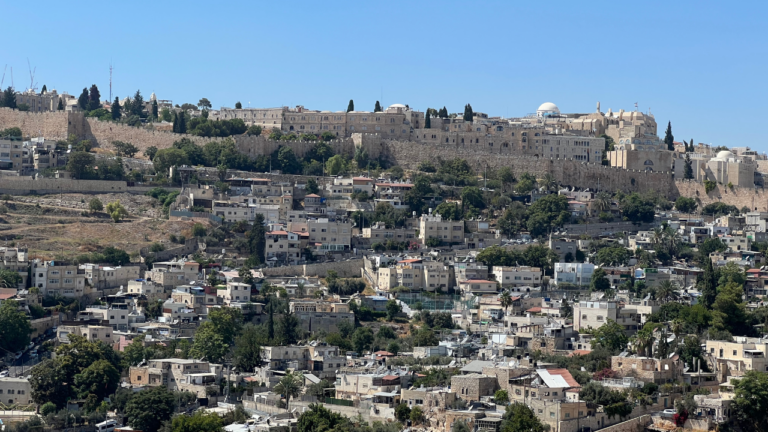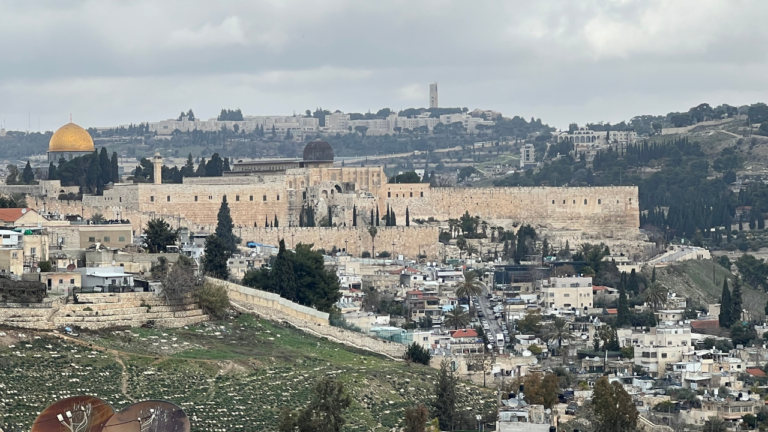The Congregation of Jerusalem
God’s opening command in this week’s parsha to count the Jewish people refers to them as a “congregation” (eidah). What is the meaning of this term?
Rav Hirsch explains that the word eidah is related to the word yi’ud which means goal or destiny. The deeper meaning of this is that an eidah refers to a group of people that on the one hand are different and distinct from each other, but are still joint together by a common destiny and purpose. They may live to a degree in different places, marry within their own subgroup and have their own local leadership, but they all passionately feel connected to a specific aspirational goal which binds them all together into a single eidah.
This is the reason that the Torah refers to the Jewish people as an eidah at this junction. The census in our parsha has each person associated with a specific family and specific tribe. Each family receives its own portion in the Land and each tribe had its own flag and designated position in the desert. These are all important steps for an orderly society.
But these divisions raise important questions. What would bind the totality of the people together? What would allow them to continue with the amazing unity that they had at the Giving of the Torah when they were “as one person with one heart” despite the division into smaller tribal and family units? Rav Hirsch intimates that the answer is encapsulated with the word eidah and the joint mission and purpose that this name represents. Despite their unique sub-identities, they all share a single destiny and mission – to live by God’s word and sanctify His name.
One method of reminding the different units of their joint purpose is the fact that at the center of the camp stood the mishkan. While each tribe remained distinct, they all faced the same House of God and were reminded of their single mission.
Once the Jewish people settled in the Land of Israel, the Mishkan was replaced with Yerushalayim and the Beit HaMIkdash. Throughout the year each tribe dwelt in their own land and mainly socialized with their own families. It was Yerushalayim – the capital of the unified country – and the Beit HaMikdash – the House of God – that served as the glue to bind together the entirety of the Jewish people. The pilgrimages to the capital on the holidays allowed the people to meet and mix with the members of other tribes and reminded everyone of their joint national-religious mission. Yerushalayim is truly the city that “makes all of the Jewish people into friends.”
May we merit today as well that Yerushalayim be a source of unity and strength for our people in these trying times.



